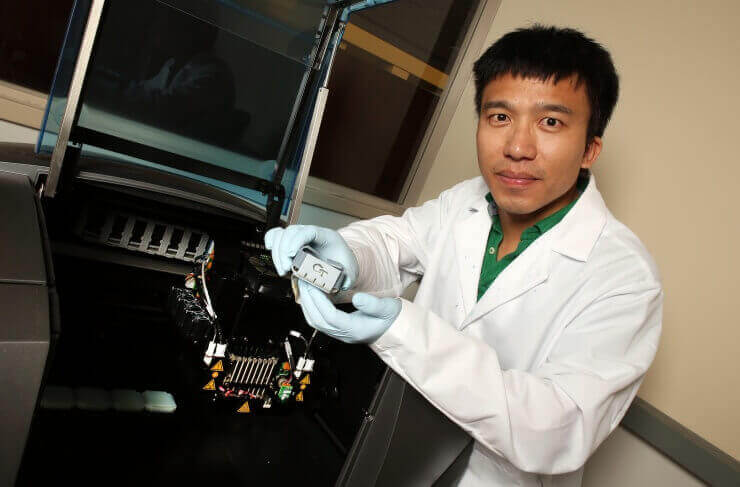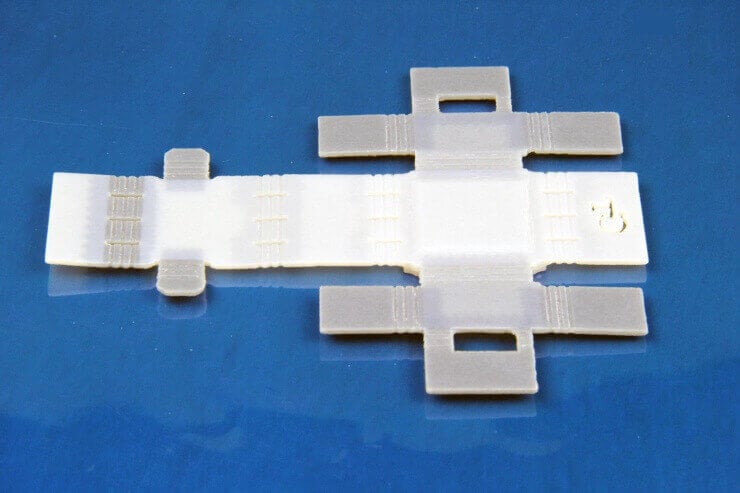Researchers from USA and Singapore have created printable, complex self-folding objects based on memory-shape materials — otherwise known as 4D printing.

3D printing? Pah! That’s yesterday’s news. Researchers from the Georgia Institute of Technology and Singapore University have gone one step further.
Using special memory-shape materials, they have printed items that self-fold — and then unfold — into even the most complex of shapes. With the added dimension of materials evolving over time, this can be properly called 4D printing.
The material used is a kind of a special polymer that “remembers” a default shape and can unfold into it by as a response to energy stimuli in the form of heat, moisture, or simply sunlight.
Researchers have successfully 3D printed multiple polymers that respond in different ways to such stimuli. This process thus enables 3D printing an object into a precise shape and program it to unfold.
Possible Applications for 4D Printing
The possible applications for this process include shape-shifting medical devices and space engineering components. Even robots or other mechanical 3D printed structures could be folded and transported, taking minimum space to then be deployed at will.
This process calls for high unfolding precision, as the sensitive parts of an object mustn’t collide during the deployment or the item would fail to reach the desired and programmed final shape. The researchers know the implications of this process, and so they developed mechanisms that allow for the precise control of the unfolding sequence.
The work of the teams was funded by the U.S. Airforce Office of Scientific Research, the U.S. National Science Foundation, and the Singapore National Research Foundation. This implies that the U.S. at least expects some kind of military application.
Considering recent developments in the field of 3D printed drones, it is possible that all this might lead to unfolding unmanned drones. These may be 3D printed inside the limited space of an aircraft’s fuselage, in order to be activated and deployed by interaction with external sunlight.

License: The text of "With Self-folding Complex Objects, 4D Printing is a Reality" by All3DP is licensed under a Creative Commons Attribution 4.0 International License.